When visiting Tokyo, there are so many different restaurants all around the city that it can be hard to figure out where to go first.
To help you out, we will look at 4 different washoku restaurants conveniently located near Tokyo Station.
Washoku means Japanese cuisine, and usually refers to more traditional food.
However, that doesn’t mean that all washoku is the same!
Japanese cuisine varies a lot depending on the region and the chef.
These 4 washoku restaurants near Tokyo Station each have their own style, ranging from regional cuisine to elegant seasonal meals.
大志満 椿壽 丸ノ内店 / Oshima Chinju Marunouchi
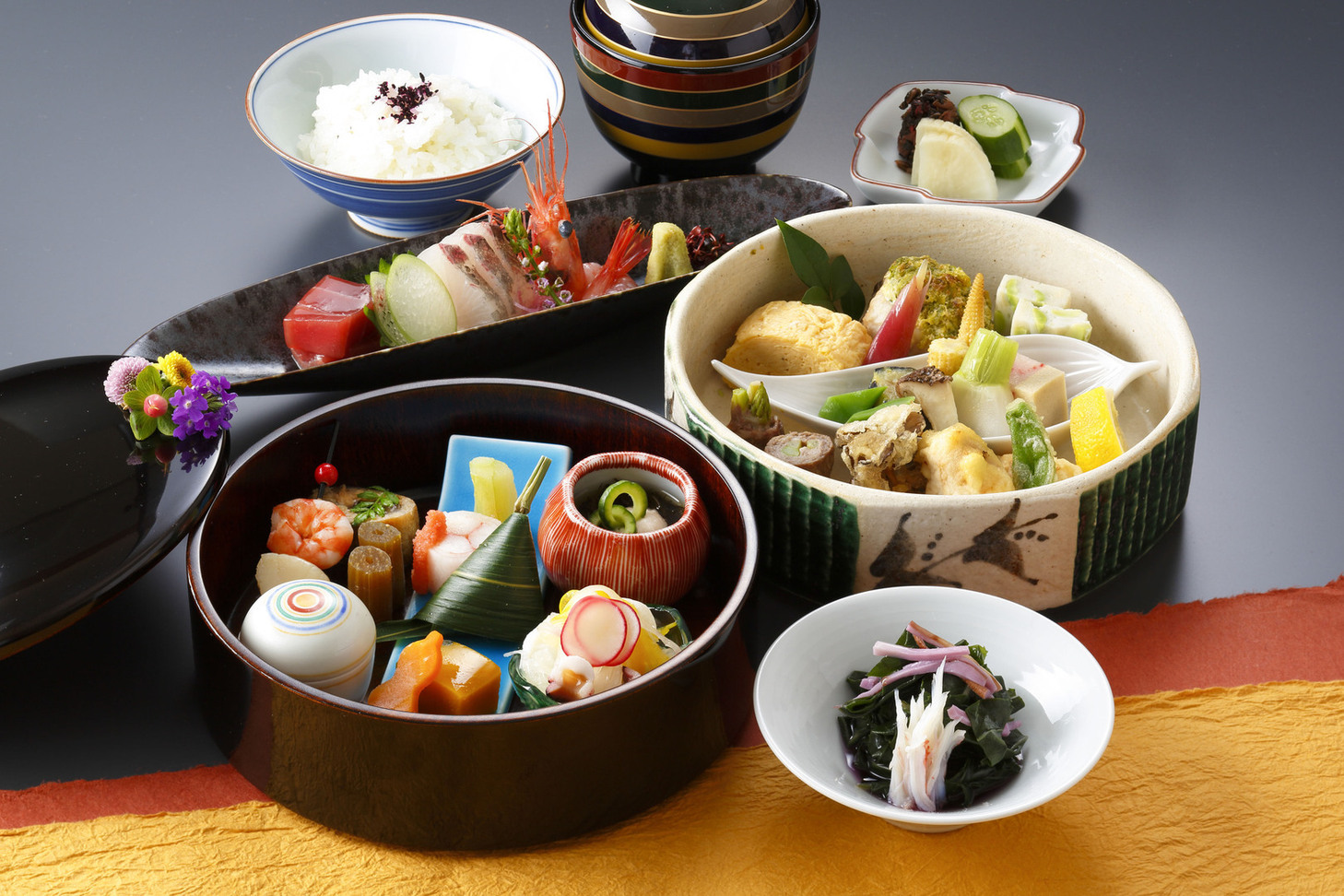
When it comes to washoku, the variety of options is only limited by the size of Japan itself!
That’s why "大志満 椿壽 丸ノ内店 / Oshima Chinju Marunouchi" chooses to focus on the regional Kaga Ryori.
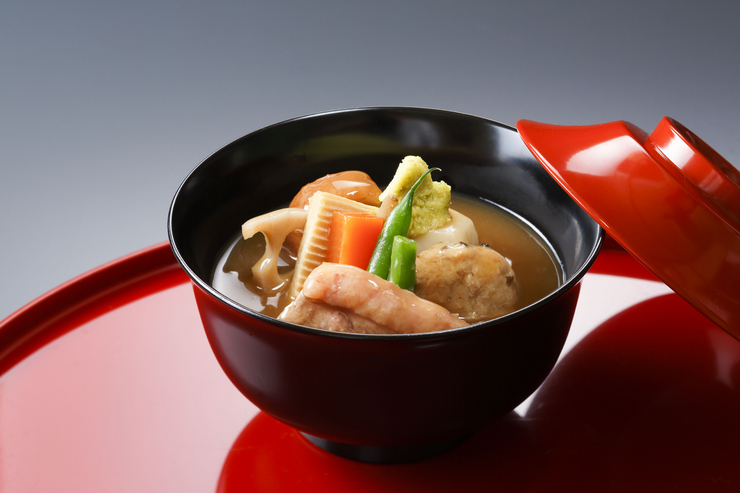
Kaga Ryori is the name given to the style of food made in Ishikawa Prefecture (formerly Kaga).
Ishikawa is on the coast of the sea of Japan, so one of its defining features is delicious seafood.
However, the region also has very cold winters, so they also know how to make warming stews and hotpots.
Their signature stew is Jibuni, which is made with duck and an assortment of vegetables.
It’s an iconic dish of the region, so is served with every set course meal at Oshima Chinju.
It’s rare to get such Ishikawa delicacies so close to Tokyo Station!
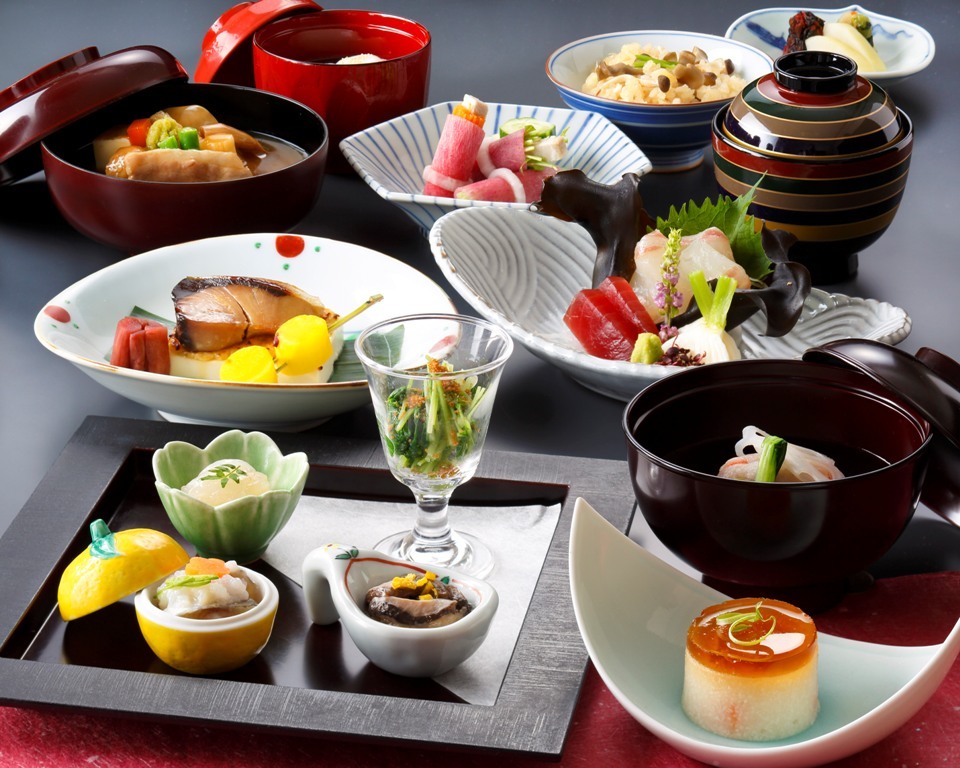
An important part of washoku is that it follows the ingredients of the seasons.
This goes for every ingredient from the seafood to the vegetables, but also in the way that they are served.
So although your course meal will feature the same number of dishes across the seasons, in winter, your sashimi plate may be completely different to that of summer.
The main focus on the drinks menu at Oshima Chinju is sake and shochu, a distilled liquor made with grains or other ingredients like sweet potato.
They have a premium selection from a few breweries around Japan, alongside beer, whisky, wine, and soft drinks.
麹蔵 八重洲一丁目店 / Kojigura Yaesu
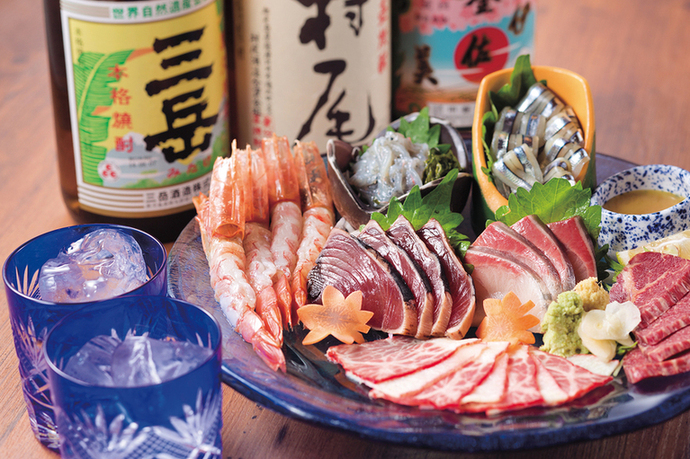
Next is an izakaya that lets you experience the southern washoku flavours of Kyushu while staying in walking distance of Tokyo Station.
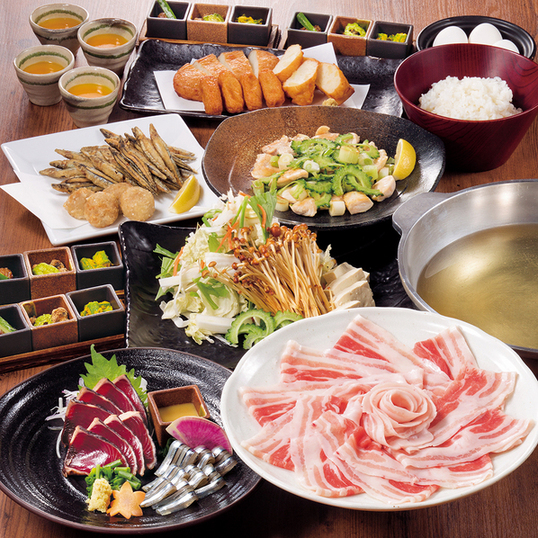
Kyushu is the southernmost part of Japan, encompassing prefectures like Okinawa and Kagoshima.
The food in Kyushu can be very different to what you would normally find in Tokyo.
Some of the ingredients the area is most famous for are sweet potato, fresh seafood, Kurobuta pork, and an array of tropical fruits.
Kaojigura Yaesu offers many different dishes incorporating those famous southern flavours, but the highlight is their seafood and pork.
You can try their Kurobuta pork in a variety of different ways, from shabu shabu to charcoal grilled on rice.
The same goes for their seafood, which is served as sashimi, in fish cakes, or simply deep fried.
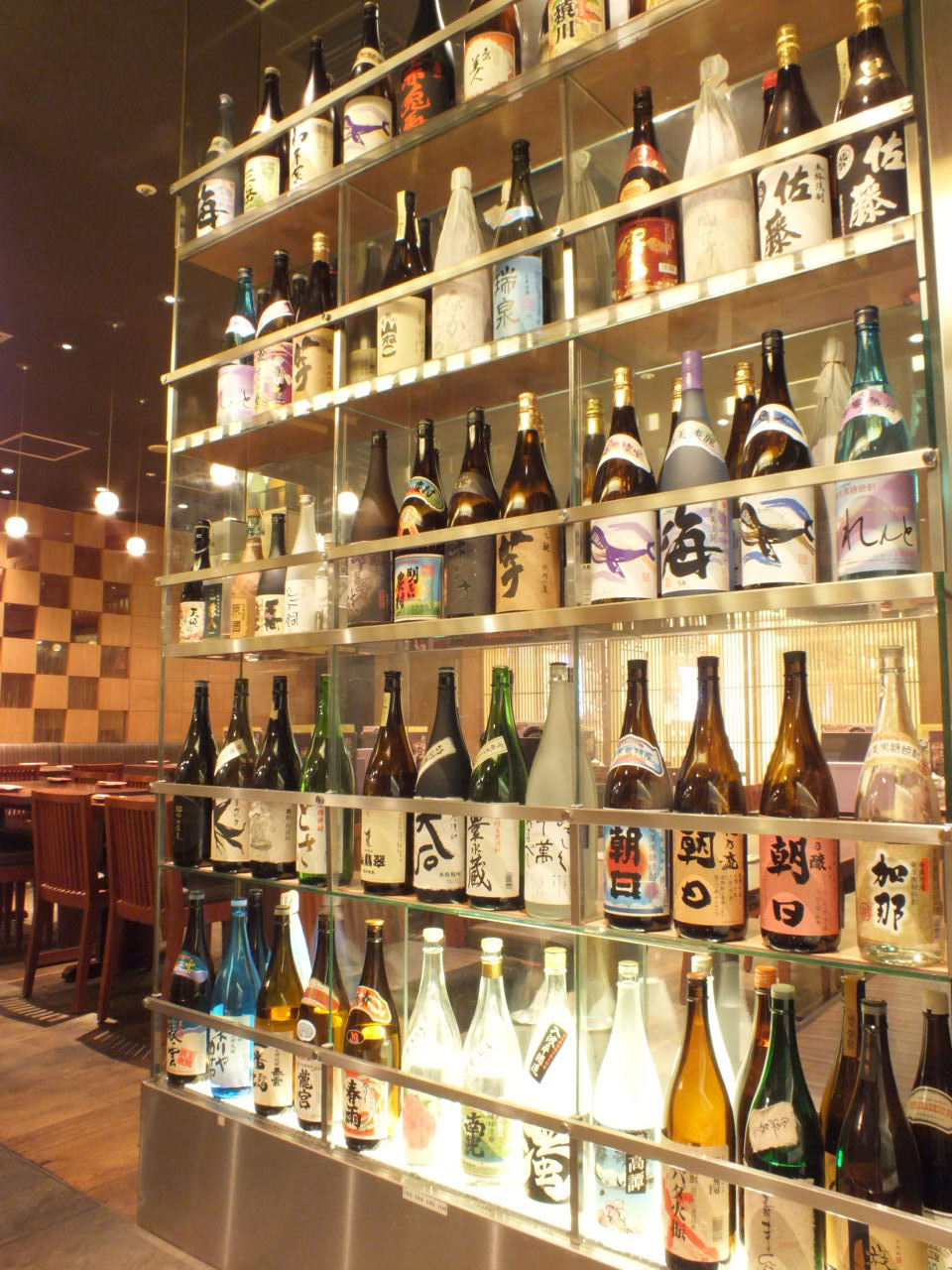
There are too many other southern dishes to name here (like bitter gourd and their array of noodle options), but something else that Kyushu is known for is their shochu.
At "麹蔵 八重洲一丁目店 / Kojigura Yaesu", they have over 100 different types of shochu, some made with sweet potatoes, others with rice or brown sugar.
They even have some bottles of awamori, a type of shochu specific to Okinawa.
If that’s not to your taste, there are also simple fruity cocktails and soft drinks.
Whatever you choose to order, it’s safe to say you’ll get a real taste of Kyushu.
万作 KITTE丸の内 / Mansaku Kitte Marunouchi
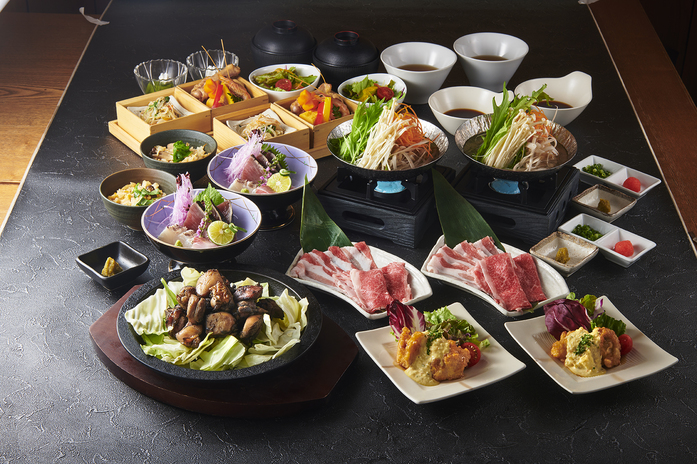
Taking it a step further with specific regional styles of washoku, Mansaku Kitte Marunouchi focusses on Miyazaki cuisine.
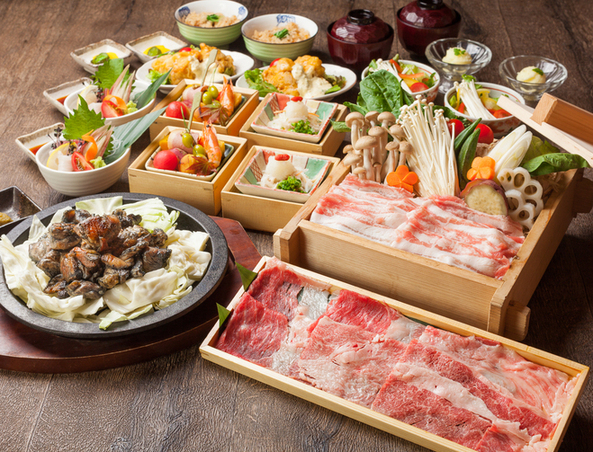
Although Miyazaki Prefecture is also within the Kyushu region, it is particularly well-known for its flavourful Miyazaki beef and chicken.
Mansaku Kitte Marunouchi serves up these flavours using ingredients straight from Miyazaki to bring you a wide variety of dishes.
Here you can try fresh sashimi, budobuta pork shabu shabu, charcoal-grilled chicken, and other delicious regional favourites.
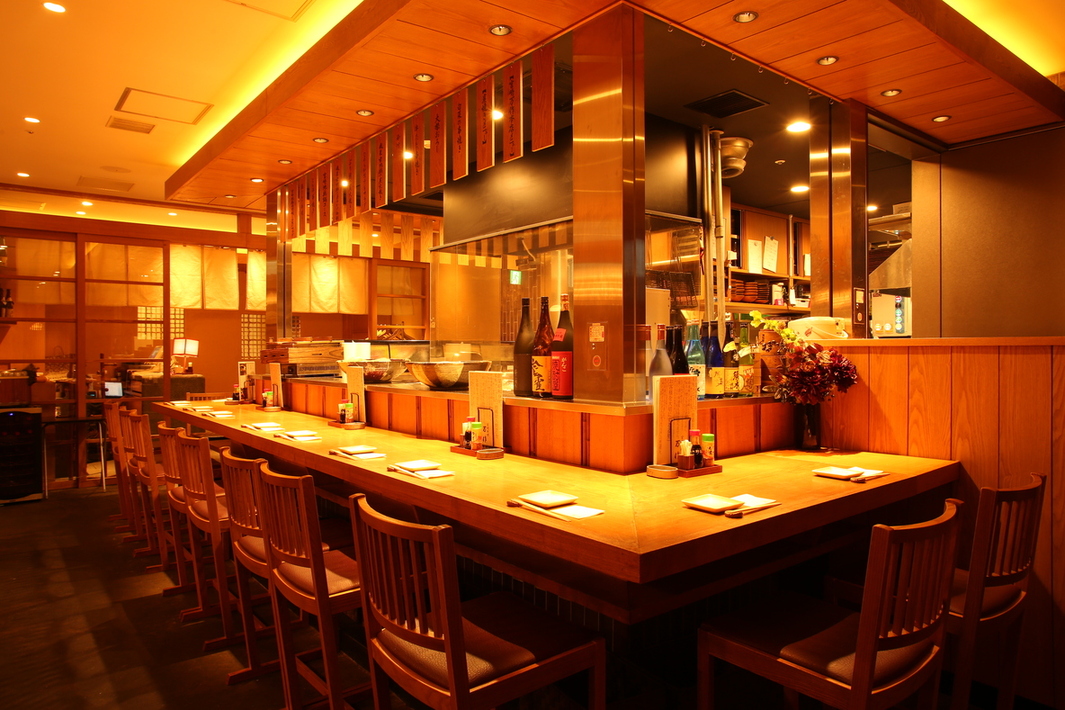
The izakaya has a warm atmosphere with simple décor that is easy to access from Tokyo Station.
There are counter seats, tables, and private booths to fit any occasion.
And if that occasion involves drinking, there are plenty of options for that too!
There are three different types of all-you-can-drink plan, depending on your drinks of preference.
You can also order drinks individually, and try everything from their southern shochu selection to their simple fruity cocktails featuring Miyazaki-specific ingredients like hyuganatsu citrus.
北大路 八重洲茶寮 / Kitaohji Yaesu Saryo
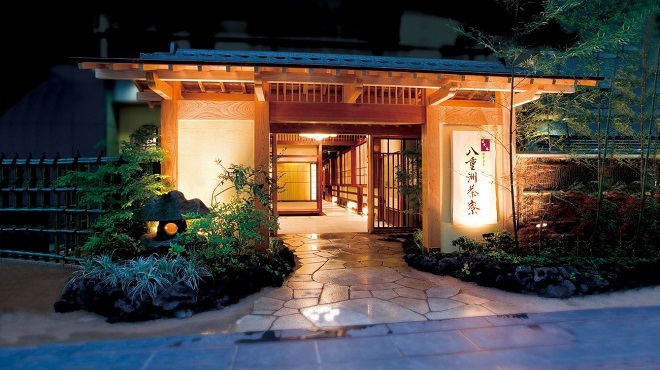
Lastly, we have a restaurant that does not focus on a specific regional version of washoku, but instead focusses on creating the best experience for its guests in its elegant atmosphere and high quality, seasonal ingredients.
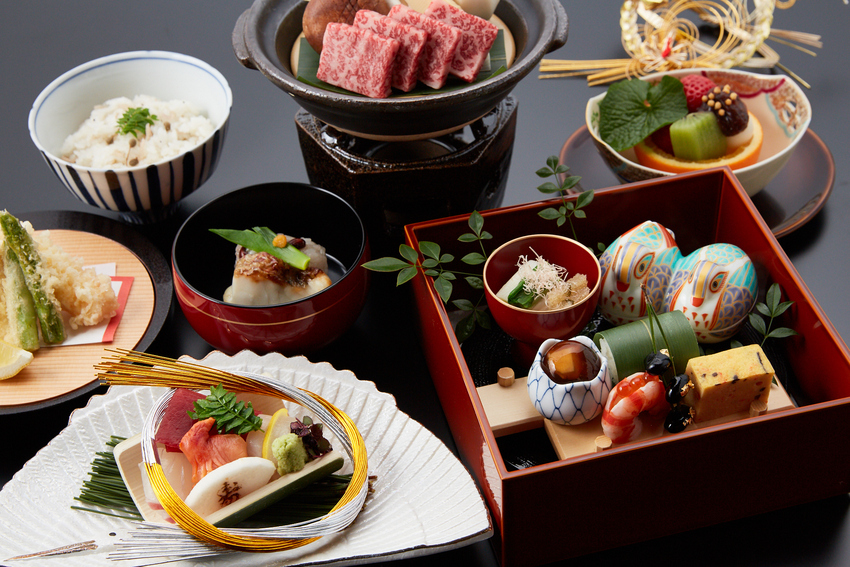
As opposed to a casual izakaya, "北大路 八重洲茶寮 / Kitaohji Yaesu Saryo" is the kind of place to visit for more of a special occasion.
The restaurant is made up entirely of private tatami rooms, and you can only order set kaiseki meals (an assortment of dishes).
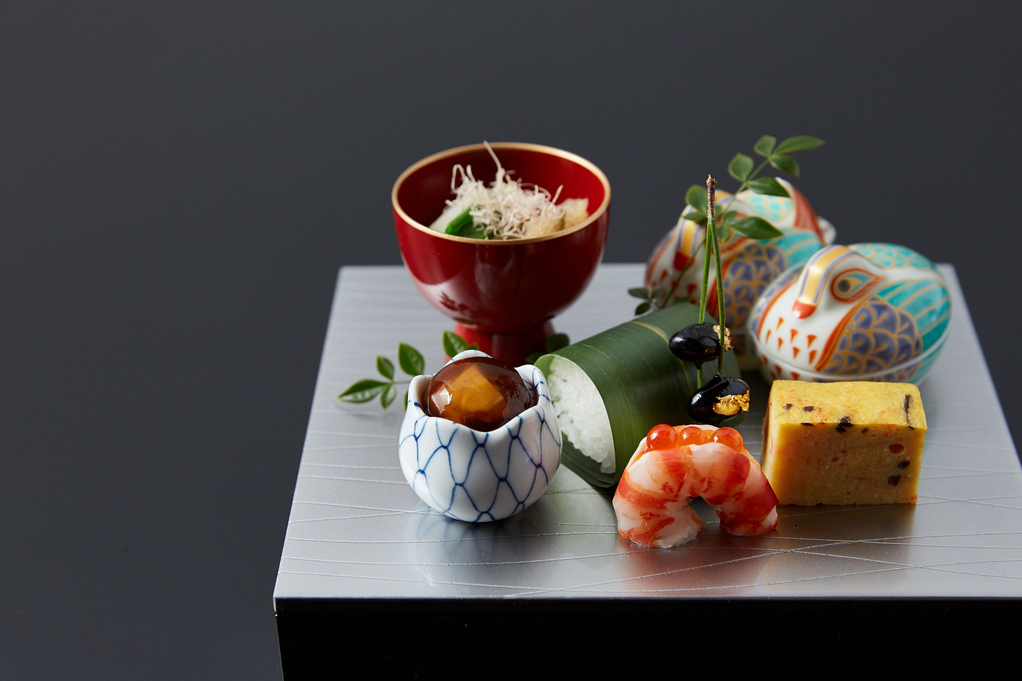
While the overall style of the course remains the same, the dishes that are served change every month to reflect the best ingredients of the season.
The different courses vary by volume and balance.
The highlight of some may be a wagyu sukiyaki, while for others it may be seafood or vegetables.
But rest assured, everything is served in an elegant modernised style that brings forth the best characteristics of washoku.
Kitaohji also has a wide selection of drinks, with their sake options going particularly well with the Japanese flavours of the meal.
There are also beers and wines, and the option to have a 2.5 hour all-you-can-drink plan on top of your luxurious lunch or dinner.
Washoku Around Tokyo Station
Although there is plenty of international food around Tokyo, you can always be sure that you can find Japanese food just around the corner.
Here we’ve looked at 4 delicious options near Tokyo Station, but there are so many restaurants and izakaya to be explored.
Why not take a look at our other articles about food around Tokyo to find your favourite?
Written by Cassandra Lord
After studying Japanese at university, I moved to Japan in 2018 to experience Japanese culture first-hand.
It wasn’t long until I developed an interest in Japanese cooking, and now I’m always experimenting in the kitchen, cooking anything from okonomiyaki to goya chanpuru.
That all started in Tokyo, so the city will always have a place in my heart, but now that I live in a more rural area, I have fallen in love with small towns and regional cuisine and culture.
I want to continue exploring and experiencing Japan as much as I can.



